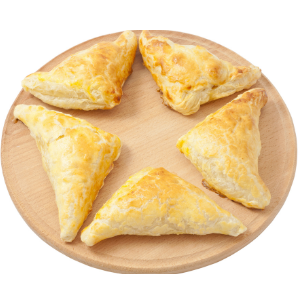Like many Hycathic holidays, Litha is tied to a solstice. In the early days of Hycathism, acolytes of Hecate would enjoy the longest day of the year by getting to the temple in time to watch the sun rise on the pillars. During the day, Hycathi were encouraged to reflect on their past, present, and future, just as Hecate‘s three faces allowed her to do the same. It was a day of peaceful meditation and goodwill toward our fellows.
As night approached, friends and family would exchange gifts in sets of three. These tokens were meant to represent the receiver’s past and present, and the giver’s hopes for their future.

Nowadays, Litha has become mostly a day about giving presents. More often than not these gifts don’t hold any particular significance, though watches and clocks are popular gifts as a nod to the time aspect at the holiday’s roots. And about a century ago, bakeries started creating triangular tarts and pastries to represent Hecate. Hycathi and non-practitioners alike adore these confections and eat them all through June.
You are far less likely to see Hycathi gathered at dawn, but there are often musical performances at or near Hycathic temples in the evening. Attendees usually have at least three drinks from the stalls so they can toast their past, present, and future with their friends. (But don’t worry, The Eye will ensure the citizens of Nottingham don’t get too rowdy.)


